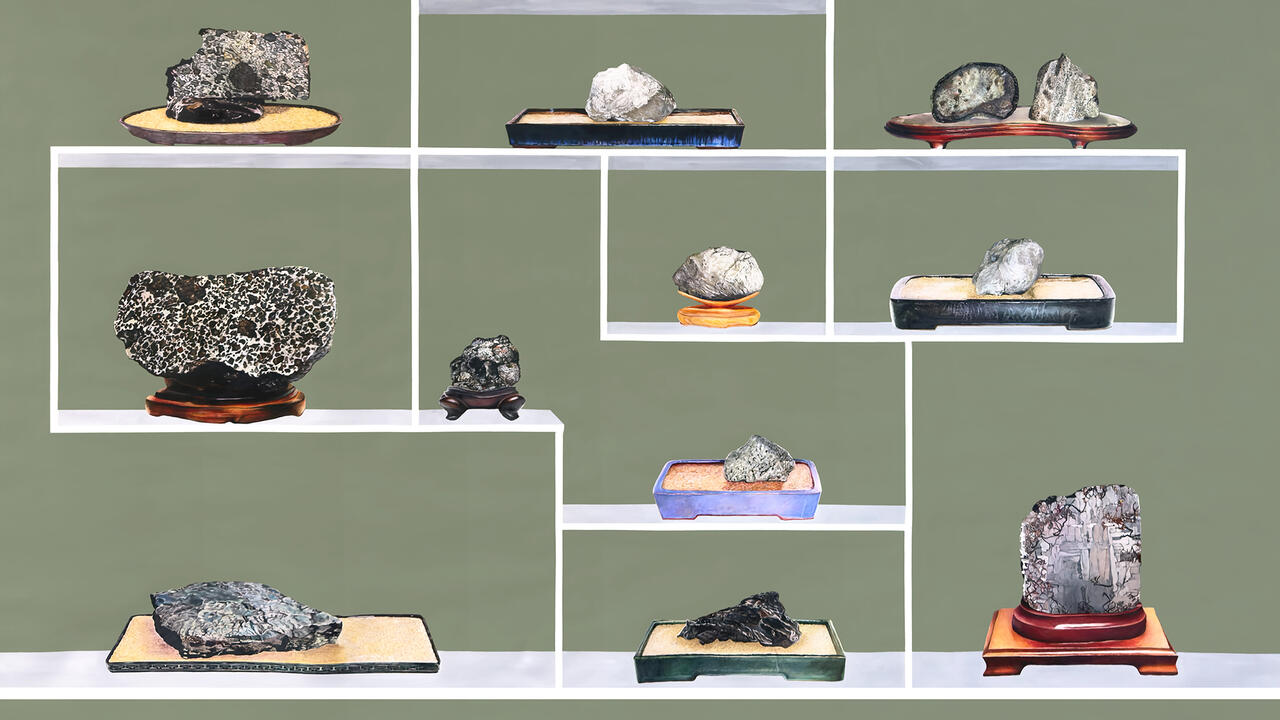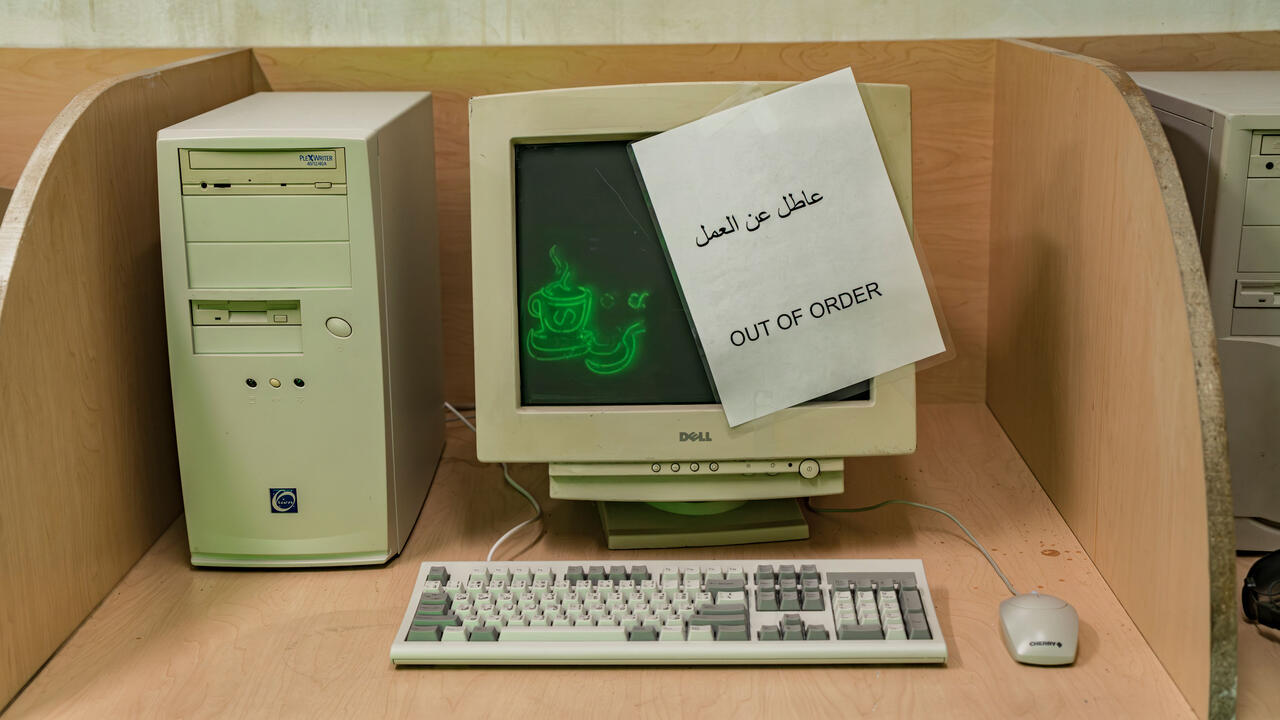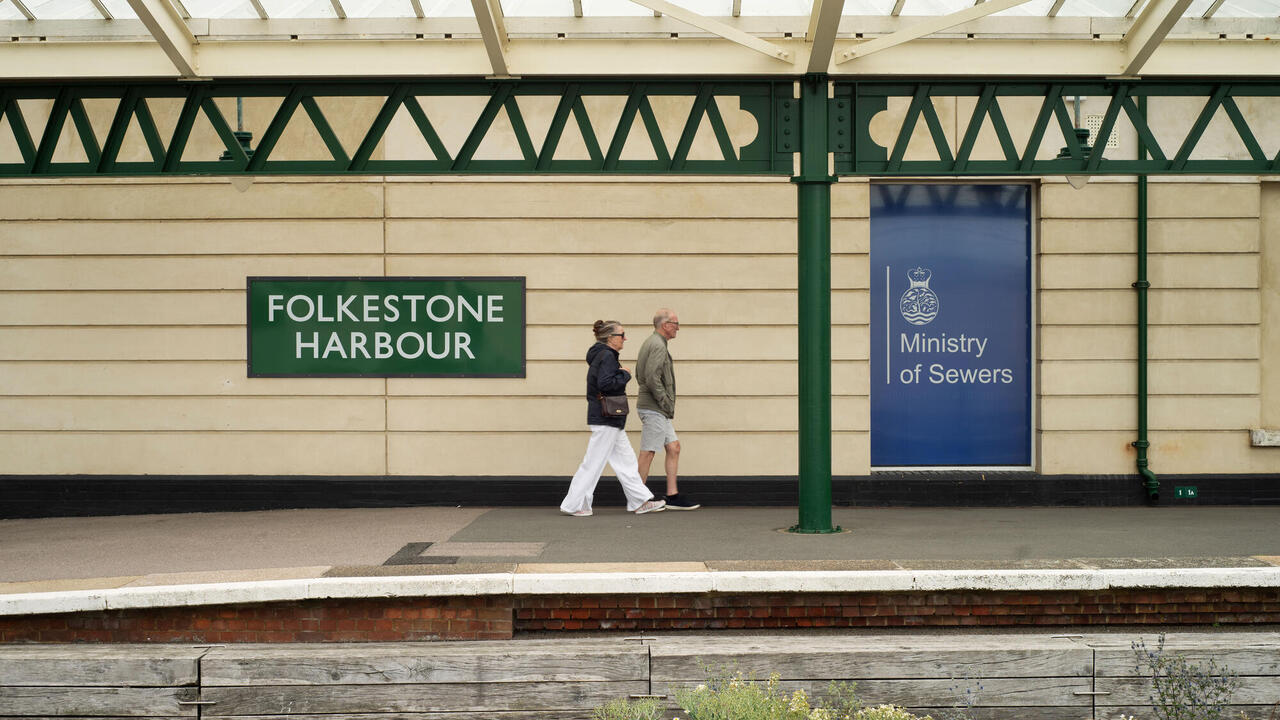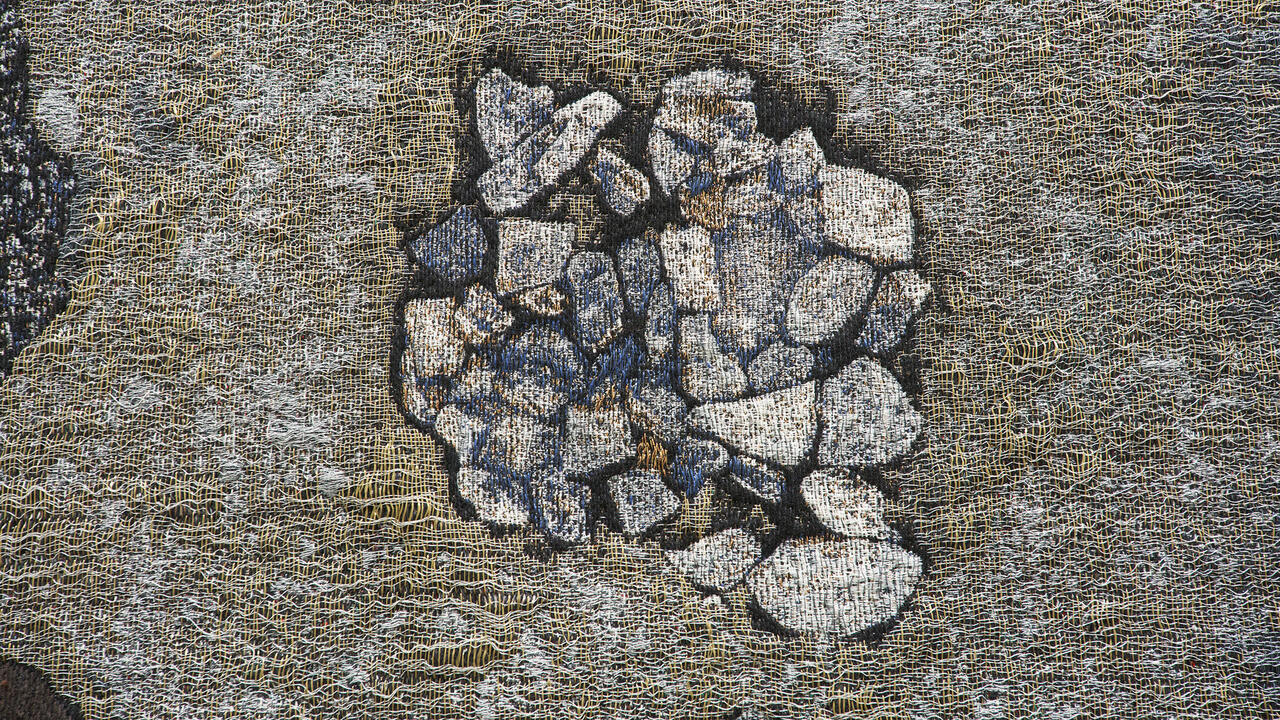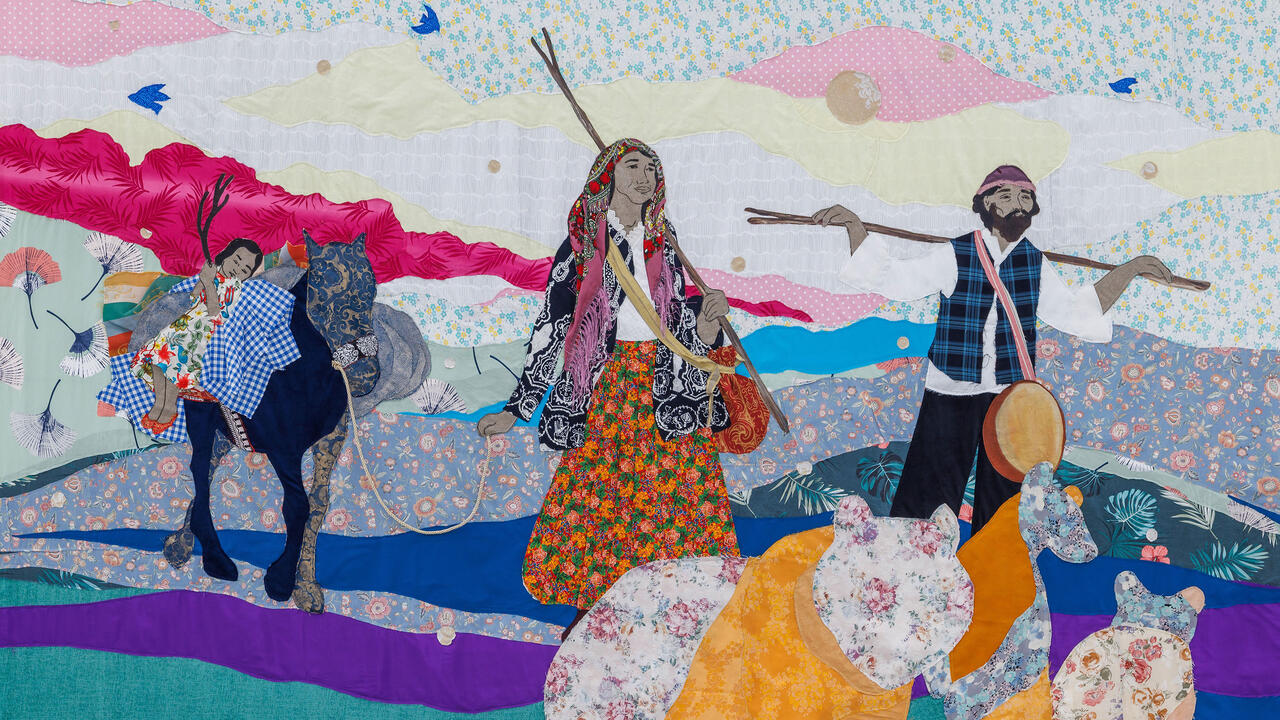Critic's Guide: Beirut
A round-up of the best current shows in the Lebanese capital
A round-up of the best current shows in the Lebanese capital


Ali Cherri, ‘A Taxonomy of Fallacies’
Sursock Museum
13 May – 19 September
Beirut’s only municipal institution devoted to modern and contemporary art is the Sursock Museum, which re-opened last fall after a major USD$15 million renovation that took so long to complete (seven years) that many had forgotten it ever existed. Today the museum is twice the size it once was and is hyperactive in terms of its public programming. What was meant to be a pair of wide hallways, according to an early floor plan, is now the Twin Galleries, two small spaces on either side of the main entrance that host solo shows of younger artists experimenting with new materials and ideas – a project space, in effect. The first such show to really command both spaces is Ali Cherri’s ‘A Taxonomy of Fallacies’, featuring the single-channel video Petrified (2016) on one side and a low light-box-like table on the other. The illuminated platform is covered with what appear to be ancient archeological objects: masques, totems, talismans, a pre-Colombian idol, and a taxidermal buzzard spreading its wings. Some of the items are real, others are fake, but all of them were found at excavation sites, in wildlife parks, or on the block at auction houses. For years, Cherri has been making work about the vulnerabilities of young, male bodies, plying the erotic, political, and technological dimensions of 21st century love. Lately, he’s shifted his focus to the relics of antiquity that are being looted, stolen, and used to fuel civil wars and other conflicts in the Middle East. In doing so, Cherri makes several crucial links between museum practices, colonial politics, and organized crime.

Yto Barrada, ‘Faux Guide’
Sfeir-Semler Gallery
26 May – 27 August
For her second solo exhibition in Beirut, the Moroccan artist Yto Barrada has also assembled a collection of real and fake relics to reconsider the blurry history of museums in relation to the narratives of authenticity and authority they put forth. Elements of at least half a dozen different projects are all given ample space here, but still the show is packed to the rafters with photographs, prints, a film with cinema seating, textiles, posters, appliquéd flags, a small-scale wooden model of a colosseum-like natural history museum, rocks, fake fossils, a toy dinosaur, and more. All of these materials are touchstones for a series of wild stories: about a forgotten French ethnologist who collected the drawings of Berber children in Algeria before being confined to a psychiatric hospital for the rest of her life; about a 16th century folk poet whose work was collected in quatrains by the Moroccan filmmaker Ahmed Bouanani; about supposed dinosaur fossils that turned out to be an 18th century hoax. Always, Barrada brings her work back to toys, games, puzzles, the playfulness of childhood, and the mischievousness of an overactive imagination – vital resources for artists throughout history.

Nadim Asfar, ‘Where I End and You Begin’
Galerie Tanit Beyrouth
16 May – 5 August
Nadim Asfar’s latest exhibition consists of large-scale, colour-saturated landscape photographs, which depend upon a kind of deceptive beauty. Asfar, a photographer and filmmaker who divides his time between Paris and Beirut, has been exploring his love/hate relationship with Lebanon for years. He is clearly interested in repetitive, possibly compulsive gestures, making endless photograms of jasmine blossoms, for example, as well as a video about his infatuation with Madonna – through adolescence and adulthood – and a memorable film, Print (1), about the palpable hysteria of his closest female friends. Here, Asfar’s subject is the mountain or, rather, the many ways in which a natural landscape is known, made awe-inspiring or fear-inducing, used for political ends, and turned into a physical and psychological barrier. Photographs of mountains such as Qannoubine, Laqlouq, Sannine, and Mount Hermon, on the border with Syria, alongside vignettes on their histories, etymologies and Asfar’s experiences photographing them – place him squarely in a lineage of artists enthralled with the sublime. The terror undercutting the beauty of these panoramas is what gives the show, and Asfar’s practice overall, its most captivating quality.

‘At the Seams: A Political History of Palestinian Embroidery’
Dar el-Nimer
25 May – 30 July
Despite the title, this exhibition of Palestinian embroidery, curated by Rachel Dedman, is more dutiful and sweet than provocative and prickly. It does not, for example, do for the charged and loaded history of Palestine’s most fiercely cherished folk art a fraction of what Seth Siegelaub did for the love and study of textiles. But it marks the opening of two new institutions – Dar el-Nimer for Arts and Culture, in Beirut, and the Palestinian Museum, in Birzeit – that are themselves contentious in the best of ways, instigating lively debates about the purpose of art and the meaning of politics in our time.
Drawn primarily from two private collections, ‘At the Seams’ is the first exhibition to welcome an audience at Dar el-Nimer, a new venture meant to honour and explore what its founders call the Palestinian ‘presence’ in Lebanon (home to some 500,000 Palestinian refugees who are still denied citizenship, freedom of movement, and full political participation). It is also the first satellite show organized by, or on behalf of, the Palestinian Museum, a private institution that opened in May, but lay empty except for its gardens and a light show, having sacked the director and curator some months prior. The subtle strength of ‘At the Seams’ is its tracing of the story of Palestinian embroidery from the over-idealized, pre-1948 past, through the Israeli occupation and two intifadas, into the present, which gives greater visibility to shifts in the practice of stitching double-meanings into clothes.

Nabil Nahas, ‘Recent Paintings’
Saleh Barakat Gallery
20 May – 30 July
25 years ago, Saleh Barakat opened a small gallery for modern Arab art in a storefront on Abdel Aziz Street, which runs between the lush green campus of the American University in Beirut and the cobblestoned, retail-festooned Hamra Street, the main artery of the city’s old cosmopolitan heart. What must have seemed a shaky business venture in the early 1990s is now a crucial resource for the study of Mediterranean modernity (Barakat’s basement library is especially useful for local students and visiting curators alike). To celebrate his quarter century, Barakat has opened a second gallery in the space that once hosted the venerable Masrah al-Madina (Theater of the City). The inaugural show features a series of big, bold new paintings by Nabil Nahas, who made his debut in 1973 when he was returning to his hometown fresh from graduating at Yale. For decades Nahas has been making thick, nearly three-dimensional paintings so textured that they resemble a bed of coral. Here, he returns to gestural brushstrokes, the very Levantine tendency to use the language of abstraction to convey landscapes, and his peculiar use of gold to capture the warm, melancholy light so often associated with Mediterranean life.










